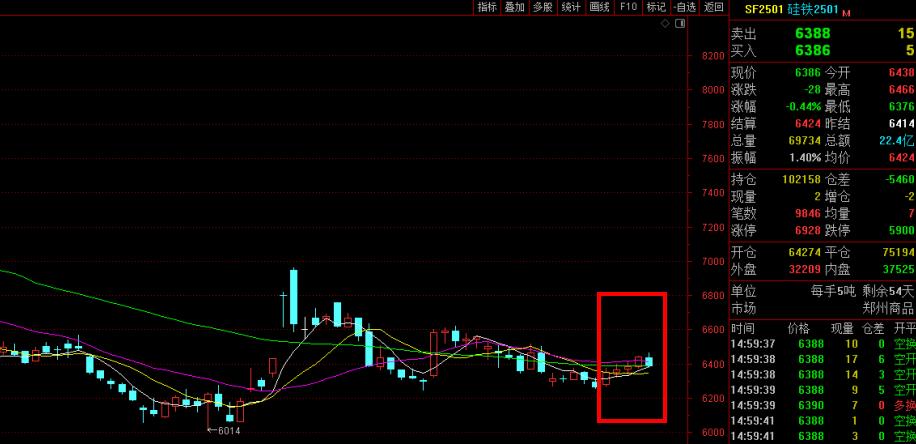[ferro-alloys.com]China is set to boost its gasoline and gasoil exports from August as state-run refiners actively seek to clear the country's surging oil product stockpiles with heavy rains and floods significantly denting domestic consumer and industrial fuel demand.
Since June, 23 provinces and Chongqing municipality have been suffering from heavy rains and floods. During the period, the region along the Yangtze river recorded the highest accumulative rainfall since 1961 at 410.4 mm, according to China Meteorological Administration.
As a result, the regions' transportation, construction and broader industrial activities came to a grinding halt, putting the brakes on the domestic fuel demand recovery since the peak of COVID-19 pandemic during February-April.
Despite the set back in domestic fuel demand, Chinese refineries have been maintaining high run rates in order to digest record-high crude imports, prompting oil product inventory to surge.
An official from a Sinopec refinery in Wuhan said its oil product storage tanks were all full despite the plant's throughput cut to about 80% since July 14 from over 100% previously.
Wuhan is one of the major cities located in the middle-stream of Yangtze river that suffered from floods.
China's crude throughput reached an all-time high of 14.14 million b/d in June, up 9% year on year, data from National Bureau of Statistics showed.
The country's crude throughput is expected to remain high in July as there are still a large number of crude oil cargoes to be discharged. More than combined total of 80 million barrels of tankers are still waiting in Chinese waters for more than 15 days because of the ongoing port congestion, data intelligence firm Kpler showed on July 21.
SINOPEC TO LEAD EXPORTS
The surge in fuel inventories has put a lot of pressure on China's major fuel exporters to actively seek overseas outlets to clear their excess supplies at home.
As almost all the state-owned refineries along the Yangtze river are managed by Sinopec, it is necessary for the refining giant to manage the domestic demand-supply balance and lead the exports, industry and trading sources said.
"We have proposed an increase in product exports next month to the head office in order to offset product inventory pressure," said an official at a Sinopec refinery in Shanghai.
China is expected to export 1.3 million-1.5 million mt of gasoline in August, while gasoil exports could possibly hit 2 million mt, a Beijing-based analyst said.
In comparison, China exported only 676,000 mt of gasoline and 1.45 million mt of gasoil in May, latest data from General Administration of Customs showed. The country is estimated to have exported less than 1 million mt of gasoline in June, and July shipments are expected at no more than 1.1 million mt, according to fuel marketing sources at state-run Unipec and Chinaoil.
ASIAN MARKET BALANCE
Tight supply in the Asian light and middle distillate markets would bode well for China's increased exports, refinery officials and trading desk managers based in Singapore, Beijing and Seoul said.
South Korean and Japanese refiners have been maintaining their crude throughput levels and run rates low, providing Chinese fuel suppliers an opportunity to further ramp up exports to clear their excess stockpiles.
South Korea is estimated to have exported less than 3.2 million barrels of gasoline in June, down from 3.65 million barrels in May, 5.6 million barrels in April and 8.03 million barrels in March, according to data from Korea National Oil Corp.
The Japanese gasoline exports totaled 111,786 barrels in the four weeks to July 5-11, down 87% from 840,319 barrels in the same period a year ago, according to S&P Global Platts calculations based on the Petroleum Association of Japan data.
Industry sources reiterated that the extended lack of spot cargo availability owing to curtailed output from regional refineries has contributed to much of the strength seen in Asian middle distillate market in recent weeks.
However, rising coronavirus infections have injected fresh uncertainty on regional fuel demand recovery and Chinese oil product sales in the Asian export market.
"For now, it's [gasoil demand] is still supported .... but people are worried that there will be lockdowns again," an industry source said.
Reflecting Asia's fragile gasoline demand recovery outlook, Platts data showed that the front month August-September 92 RON gasoline timespread flipped into contango at minus 7 cents/b at the close of Asian trade July 17. This was the first time in three weeks that the Asian gasoline timespreads have been negative.
"Overall demand hasn't been enough to absorb the new cargoes," a second Singapore-based source said.
(S&P Global Platts)
- [Editor:王可]



 Save
Save Print
Print Daily News
Daily News Research
Research Magazine
Magazine Company Database
Company Database Customized Database
Customized Database Conferences
Conferences Advertisement
Advertisement Trade
Trade


















Tell Us What You Think